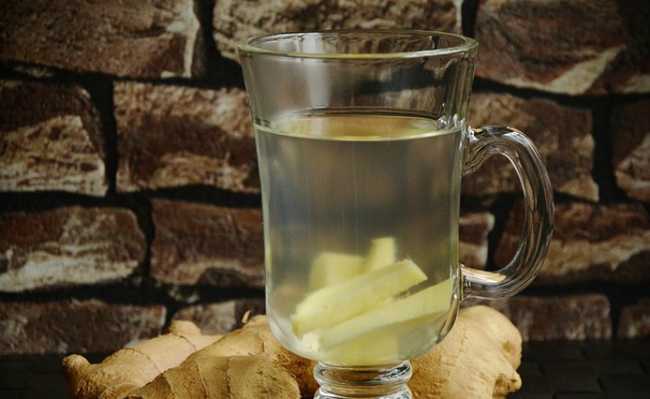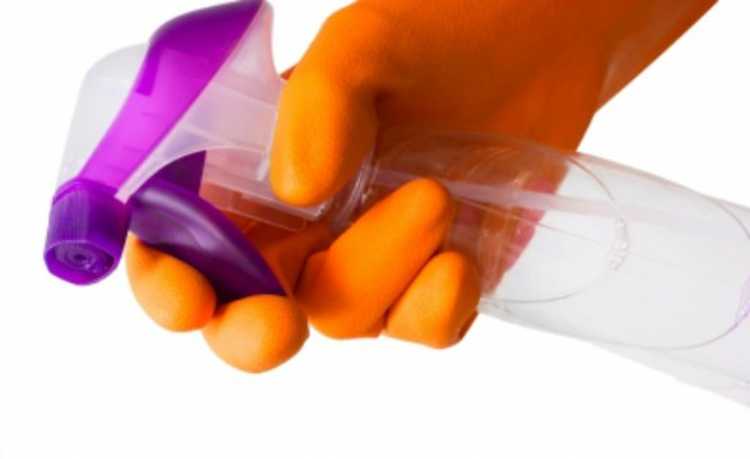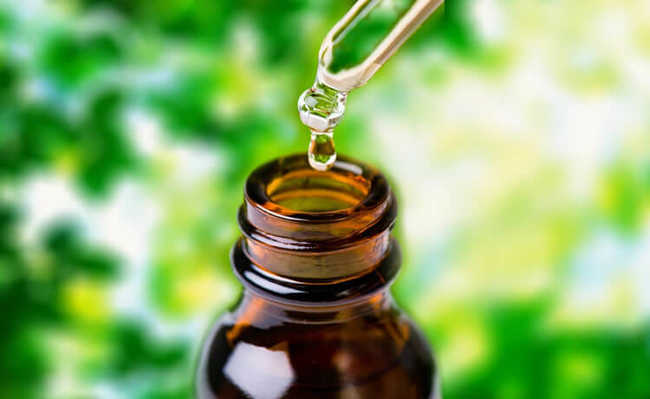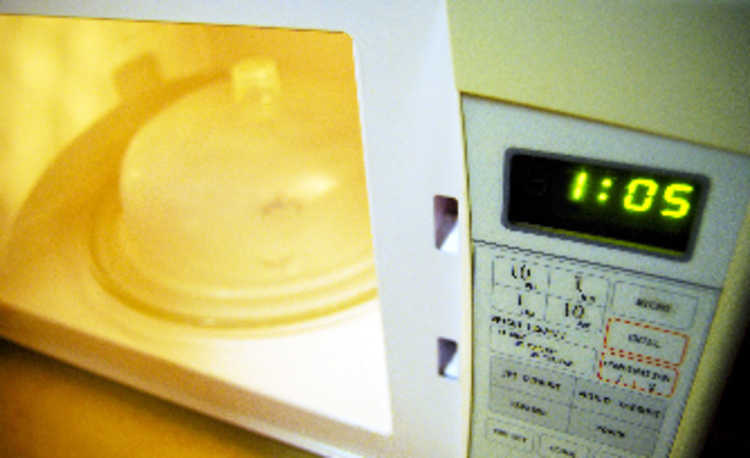Ginger tea: how to make
Making ginger tea is very simple and has many health benefits.

Ginger is well known for alleviating flu, colds, sore throat and stomach, in addition to being an ally in diets aimed at weight loss. Learn more in the article: "Benefits of ginger and its tea". Ginger tea is one of the easiest ways to consume the food and can be made with either the fresh root or its powdered version.
If you want to use powdered ginger, you must be careful with the proportion, since the powder is stronger than the fresh root. One tablespoon of fresh ginger is equivalent to a quarter of a teaspoon of the powdered version. But be careful not to overdo it: the daily use of ginger should not exceed 3 grams.
Ginger is a thermogenic food, meaning that it increases body temperature and speeds up metabolism. Therefore, if consumed in excess, rather than helping, ginger tea can cause stomach problems such as vomiting, diarrhea, nausea, stomach irritation and gastritis. The combination with caffeine makes the picture even worse.
Ginger tea is contraindicated for people who already have stomach problems, such as gastritis and ulcers, and for hemophiliacs, who have clotting problems, as the root stimulates blood circulation. Individuals with heart disease, hypertension, hypothyroidism or diabetes should also consult a physician before using this tea consistently.
For most people, however, the consumption of ginger brings several health benefits, being an effective remedy against gas, flu and even contributing to a longer life. The root is even used in Longevity Tea, a traditional recipe from the island of Okinawa, Japan, made with saffron and ginger.
See the recipe for how to make a simple ginger tea:
Ingredients:
- 2 cm of fresh ginger chopped into small pieces
- Or: 1 teaspoon of powdered ginger
- 1 liter of water
Method of preparation:
Add all ingredients and simmer for between 5 and 10 minutes. Drink it hot or cold. If you like, you can strain the ginger pieces.
You can add other ingredients to vary the flavor of the tea, such as lemon, cinnamon (which further increases the thermogenic potential of the tea), honey and even hibiscus leaves. Learn more in the article: "How to make hibiscus tea: tips for preparing tasty recipes".
Making ginger tea is very simple and the basic recipe can be enhanced with various mixtures. Ginger increases caloric burn and can even be used to make a homemade isotonic. Learn more in the article: "Get to know the switchel, the isotonic drink that can be made at home”.Check out some unusual homemade tips to relieve sore throat.










